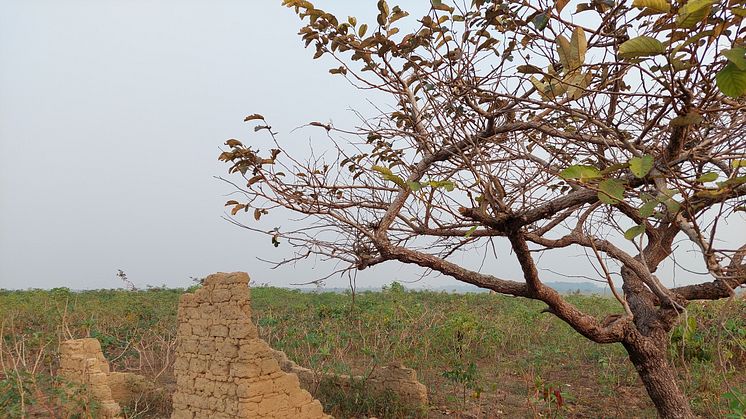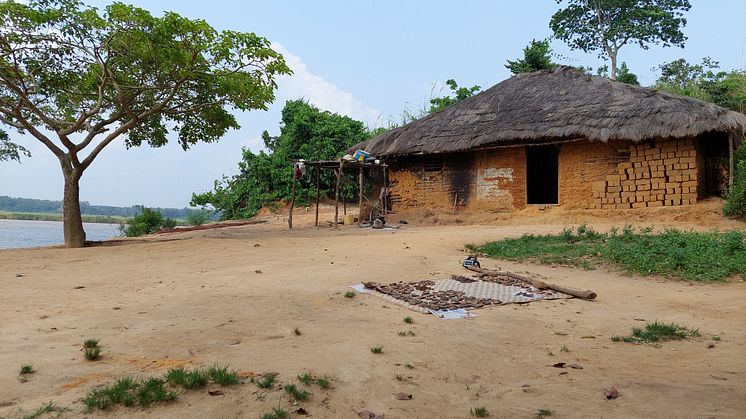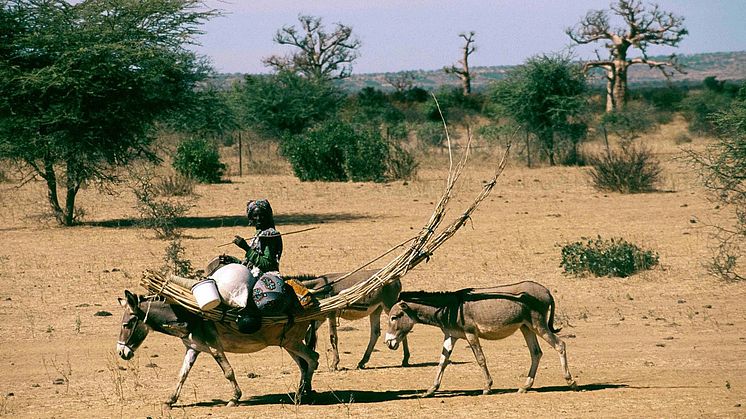
Press release -
New research sheds light on Bantu-speaking populations' expansion in Africa
About 350 million people across Africa speak one or more of the 500 Bantu languages. New genetic analysis of modern and ancient individuals suggests that these populations probably originated in western Africa and then moved south and east in several waves. The study has been published in the scientific journal Nature.
The expansion of people speaking Bantu languages is considered one of the most dramatic demographic events in Late Holocene Africa, which began 6,000 to 4,000 years ago in western Africa. This new study generated and analysed a comprehensive dataset, including genomic data of modern-day populations from 1,763 participants across 14 African countries and 12 ancient individuals from previously unsampled regions in Africa, providing new insights into this large human expansion.
The research has shown that genetic diversity among Bantu-speaking populations gradually declines with distance from western Africa, with current-day Zambia and the Democratic Republic of Congo identified as crucial crossroads of interaction between different routes of expansion.
“Our spatial modelling and interdisciplinary approaches support a serial founder migration model, emphasising the demographic significance of the expansion of these populations,” says Cesar Fortes-Lima, population geneticist at Uppsala University (Sweden) and leading author of this study.
One of the study's crucial findings is the evidence of different patterns of admixture between the studied populations and local groups in the different regions they expanded into, in sub-equatorial Africa.
“This highlights the complex genetic history of Bantu-speaking people, and this insight has been deepened by the incorporation of ancient DNA from human remains dating back to the Late Iron Age, spanning 97 to 688 years before the present,” says Concetta Burgarella, population geneticist at Uppsala University and one of the leading authors of this study.
The study's dataset also provides a valuable resource for a wide range of disciplines, including science, humanities, and the medical sector.
“Our research also delves into the routes and timing of the expansion of Bantu-speaking populations, providing insights into their initial expansion routes, and investigates the potential for spread-over-spread events, complicating the tracing of their dispersion through language data alone,” says Carina Schlebusch, population geneticist at Uppsala University and senior author of this study.
The findings of this study challenge previous models of the expansion of Bantu-speaking populations through single disciplinary studies. The results therefore provide a resource for future studies focusing on human genetic diversity in African and African-descendant populations.
The study was funded by: a Knut and Alice Wallenberg Foundation grant, Marcus Borgströms Foundation, the Sven and Lilly Lawski Foundation, the European Union’s Horizon 2020 research and innovation programme, the Marie Skłodowska-Curie Fellowship Programme, the European Research Council (ERC), the European Union's Horizon 2020 research and innovation programme: AfricanNeo Project, the European Regional Development Fund, Research Foundation Flnders (FWO), the Max Planck Society, the Swedish Research Council, Riksbankens Jubileumsfond, the ASLAN Project of the Université de Lyon and the ERC-CoG, BantuFirst project.
Fortes-Lima, C., Burgarella, C., Hammaren, R., ... & Schlebusch, C., The genetic legacy of the expansion of Bantu-speaking peoples in Africa, Nature. DOI: 10.1038/s41586-023-06770-6
For more information, please contact:
Carina Schlebusch, Professor at the Department of Organismal Biology, Uppsala University. Email: carina.schlebusch@ebc.uu.se, Tel: +46 76 306 3341
Topics
Categories
Founded in 1477, Uppsala University is the oldest university in Sweden. With more than 50,000 students and 7,500 employees in Uppsala and Visby, we are a broad university with research in social sciences, humanities, technology, natural sciences, medicine and pharmacology. Our mission is to conduct education and research of the highest quality and relevance to society on a long-term basis. Uppsala University is regularly ranked among the world’s top universities. www.uu.se






